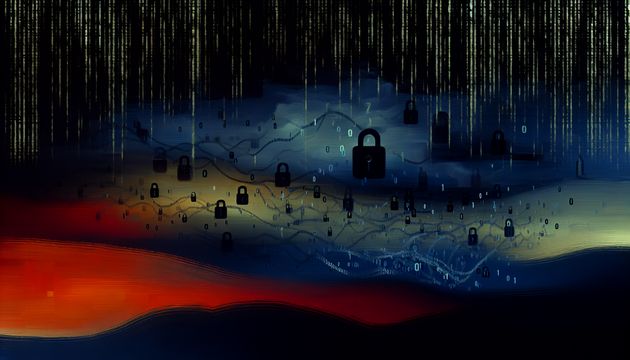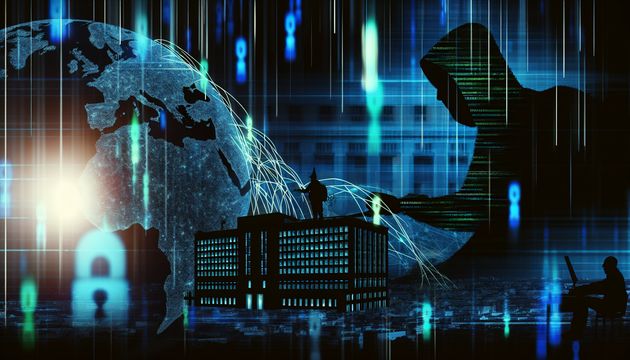
PowerSchool Data Breach: A Wake-Up Call for Educational Cybersecurity
The PowerSchool data breach has sent shockwaves through the educational sector, revealing vulnerabilities that many institutions were unprepared to face. This breach, which compromised the personal data of over 62 million students and 9.5 million teachers, underscores the critical need for robust cybersecurity measures in educational technology (BleepingComputer). The exposed information includes sensitive details such as Social Security numbers, medical data, and even grades, highlighting the potential for identity theft and other malicious activities (Daily Security Review). As educational institutions increasingly rely on digital platforms, the PowerSchool incident serves as a stark reminder of the risks involved and the urgent need for enhanced data protection protocols.
Impact of the Breach
Scale of the Breach
The PowerSchool data breach has been described as potentially “massive” in scale, affecting a significant number of individuals across multiple countries. According to sources, the breach impacted approximately 6,505 school districts in the United States, Canada, and other countries, with the personal data of over 62 million students and 9.5 million teachers being compromised (BleepingComputer). The breach exposed sensitive information, including full names, physical addresses, contact information, Social Security numbers (SSNs), medical data, and grades. This extensive reach highlights the vulnerability of educational institutions to cyberattacks, given their reliance on digital systems for managing student information.
Types of Data Compromised
The breach at PowerSchool exposed a wide array of personally identifiable information (PII). The compromised data included not only basic identifiers such as names, addresses, and birth dates but also more sensitive information like Social Security numbers and medical data (Daily Security Review). Additionally, the breach revealed grade point averages, bus stops, passwords, notes, alerts, student IDs, and parent information. The breadth of data types affected underscores the potential for significant harm to individuals, as this information can be used for identity theft and other malicious activities.
Impact on Students and Teachers
The breach has had a profound impact on both students and teachers, with the exposure of sensitive data leading to concerns about privacy and security. For students, the compromise of Social Security numbers and medical information poses a long-term risk of identity theft, which can affect their financial future and personal security. Teachers are similarly affected, with their personal and professional information at risk of misuse. The breach has also raised questions about the adequacy of data protection measures in educational institutions and the need for more stringent cybersecurity protocols (USA Today).
Institutional Response and Mitigation Efforts
In response to the breach, PowerSchool has been working with the FBI to investigate the incident and determine the extent of the damage. However, there has been criticism regarding the timeliness of the company’s response, as schools were not widely notified until more than two weeks after the breach occurred (EdWeek). PowerSchool has also faced scrutiny for its lack of transparency, as it has not officially disclosed the number of individuals affected or the specific measures being taken to prevent future breaches. This has led to calls for improved communication and accountability from educational technology providers.
Long-term Implications for the Educational Sector
The PowerSchool data breach has highlighted significant vulnerabilities in the educational technology sector, which holds vast amounts of sensitive data. The incident underscores the need for stricter data retention policies and enhanced cybersecurity measures to protect against unauthorized access and data theft (National CIO Review). The breach also raises concerns about the potential for similar incidents in the future, as educational institutions continue to rely on digital platforms for managing student information. As a result, there is a growing demand for comprehensive cybersecurity strategies that address the unique challenges faced by the education sector.
Emerging Technologies and Risks
As educational institutions embrace emerging technologies like Artificial Intelligence (AI) and the Internet of Things (IoT), the landscape of cybersecurity risks is evolving. AI can be a double-edged sword, offering enhanced data analysis capabilities while also being susceptible to manipulation by cybercriminals. IoT devices, such as smart boards and connected classroom tools, increase the attack surface for potential breaches. These technologies, while beneficial, require robust security frameworks to prevent unauthorized access and data exploitation.
Final Thoughts
The PowerSchool data breach is a wake-up call for the educational sector, emphasizing the importance of cybersecurity in protecting sensitive information. The breach not only affected millions of students and teachers but also exposed the inadequacies in current data protection measures (USA Today). As schools and educational technology providers work to improve their security protocols, this incident highlights the need for transparency and accountability in handling data breaches (EdWeek). Moving forward, the educational sector must adopt comprehensive cybersecurity strategies to safeguard against future threats, ensuring the protection of personal data in an increasingly digital world (National CIO Review).
References
- BleepingComputer. (2025). PowerSchool previously hacked in August months before data breach. https://www.bleepingcomputer.com/news/security/powerschool-previously-hacked-in-august-months-before-data-breach/
- Daily Security Review. (2025). PowerSchool data breach exposes Social Security numbers of 60 million students and teachers. https://dailysecurityreview.com/security-spotlight/powerschool-data-breach-exposes-social-security-numbers-of-60-million-students-and-teachers/
- USA Today. (2025). PowerSchool data breach: What to know for students. https://www.usatoday.com/story/news/education/2025/01/13/powerschool-data-breach-what-to-know-students/77667159007/
- EdWeek. (2025). Close to a worst-case scenario: Cybersecurity expert discusses PowerSchool’s data breach. https://www.edweek.org/technology/close-to-a-worst-case-scenario-cybersecurity-expert-discusses-powerschools-data-breach/2025/01
- National CIO Review. (2025). School districts report complete historical data breach after PowerSchool hack. https://nationalcioreview.com/articles-insights/extra-bytes/school-districts-report-complete-historical-data-breach-after-powerschool-hack/



